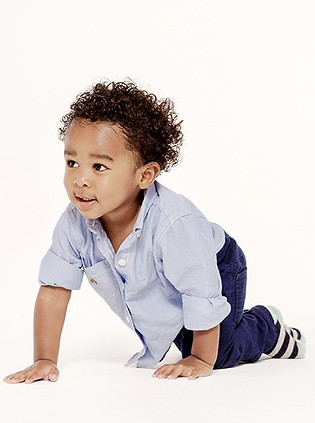The Music Together® Philosophy
Most people think being musical is a question of talent—you either have it or you don't. While that may sound reasonable, it's completely untrue!
The Music Together program is based on research that suggests that all children can learn to sing in tune and move in rhythm, as long as they grow up in a family that sings and plays in musical ways, especially during the first several years of life while the brain is growing rapidly.
Of all the music-making models a child may learn from, the most influential are the adults with whom they have a close bond. You don't need to be a great singer or dancer to be a music model for your child, any more than you need to be a professional public speaker for them to learn to talk. The significance of the musical interaction between you is the reason our program is called Music Together!

Learn more about our educational approach

Music Together® Beginnings
1985, when composer Kenneth K. Guilmartin began to develop the Music Together® program, he and coauthor Dr. Lili M. Levinowitz quickly realized that they would have to look past accepted music education practices to the field of early childhood development. After all, the best, most engaging song repertoire in the world would be useless if children couldn't receive and process musical information in developmentally appropriate ways.
So Ken and Lili turned to research in neuroscience and psychology in addition to early childhood learning theory. What they were searching for was insight into how children learn, how a child's brain processes and organizes music, and how developmentally appropriate learning can be supported. The end result of this research was principles that are still the cornerstone of the Music Together philosophy today.
.png)
